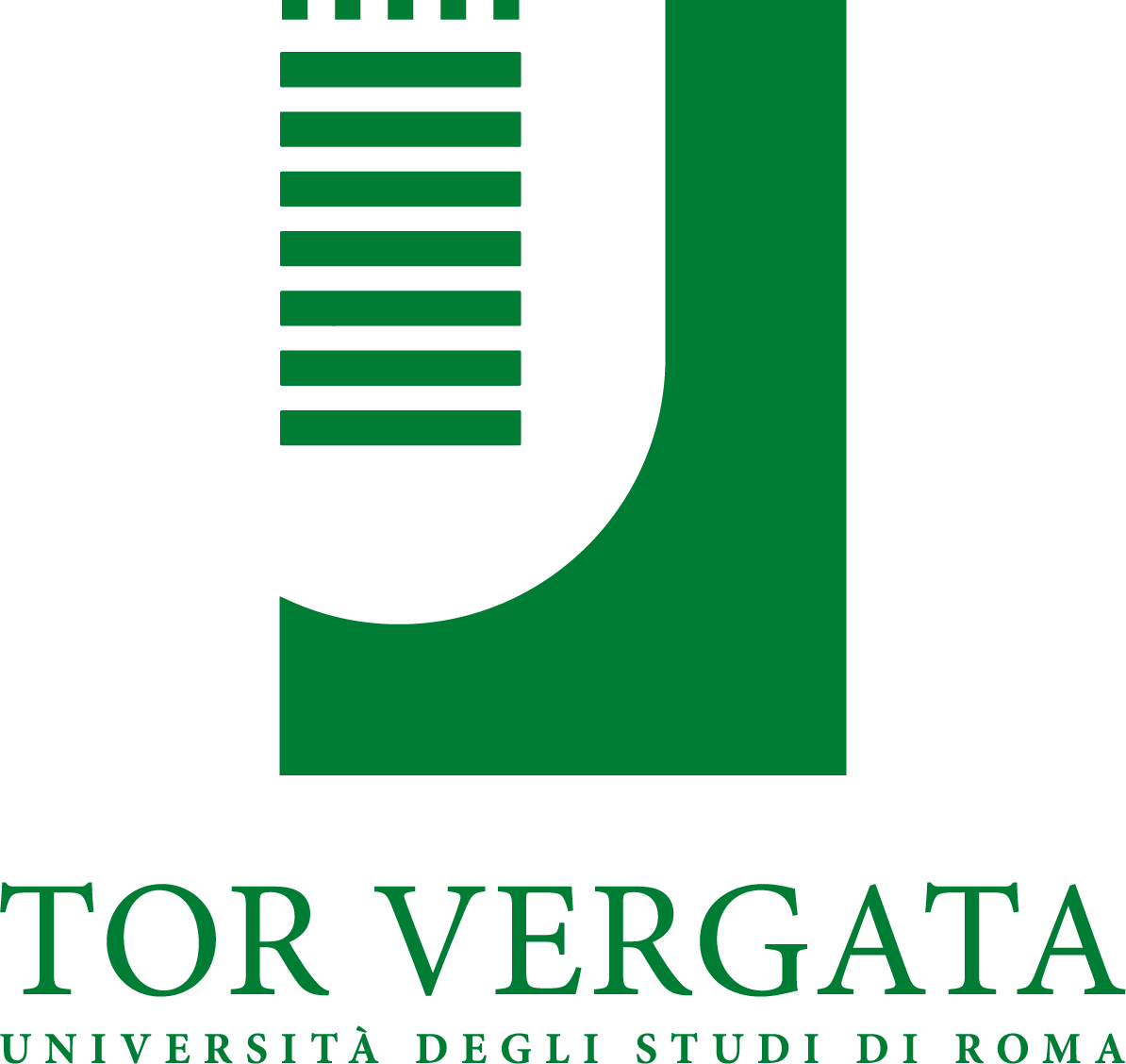Patrizia Malaspina ![]()

Curriculum vitae
Degree in Biological Sciences (cum laude), University “La Sapienza”, Rome (1980). PhD in Medical Genetics, University “La Sapienza” Rome (1992). Degree of Specialization in Medical Genetics (cum laude), University “La Sapienza” Rome (1993).
Honorary research assistant, Galton Lab. (University College, London, U.K.) (1987). Research fellow, MRC Human Biochemical Genetic Unit (University College, London, U.K.) (1992-1993). CNR Short Term mobility fellowship at OHSU (Portland, OR, USA) (2001).
1985-2013: Author or co-author in 63 papers. Member of Associazione Italiana di Genetica (AGI).
Research Support
Completed Research Supports: Italian Telethon Foundation; Italian Ministry of Education, University and Scientific Research (MIUR). Italian Ministry of Foreigner Affair
Research interests
Analysis of DNA polymorphisms and genotype/phenotype correlation for genes responsible of GABA degradation in humans.
Our line of research is aimed at the study of the catabolism of GABA, the most important inhibitory neurotransmitter in central nervous system. Our interest has evolved from the study at molecular and physiological level of ALDH5A1, a mitochondrial enzyme mainly involved in GABA degradation, but also responsible for detoxification of damaging compounds in brain. Present research activity is addressed to: 1) characterization of common and pathological mutations of ALDH5A1 and other genes involved in GABA degradation and 2) analysis of genotype/phenotype correlation.
International collaborations
Prof. M.K. Gibson, Washington State University (USA).
Dott. K. Jensen, Aarhus University (Denmark).
Components of the research group
Dott. Paola Blasi: paola.blasi@uniroma2.it
Selected publications
1) Malaspina P. et al. (1996). Genomics 36:399-407.
2) Blasi P. et al. (2002). Mol. Genet. Metab. 76:348-362.
3) Chambliss KL. et al. (1998). Am J. Hum. Genet. 63:399- 408.
4) Akaboshi S. et al. (2003). Hum Mutat 22:442-450.
5) Blasi P. et al. (2006). Clin. Genet 69:294-296.
6) Blasi et al. (2006). J. Mol. Evol. 63:54-68.
7) Leone O. et al. (2006). Ann. Hum. Biol. 33:593-603. ISSN: 0301-4460.
8) Leuzzi et al. (2007). Neurology 68:1320-1321.
9) Malaspina et al. (2009). Hum. Genomics 3;106-120.
10) Kim et al. (2011). Antioxidants & Redox Signaling 15:691-718





Università di Tor Vergata